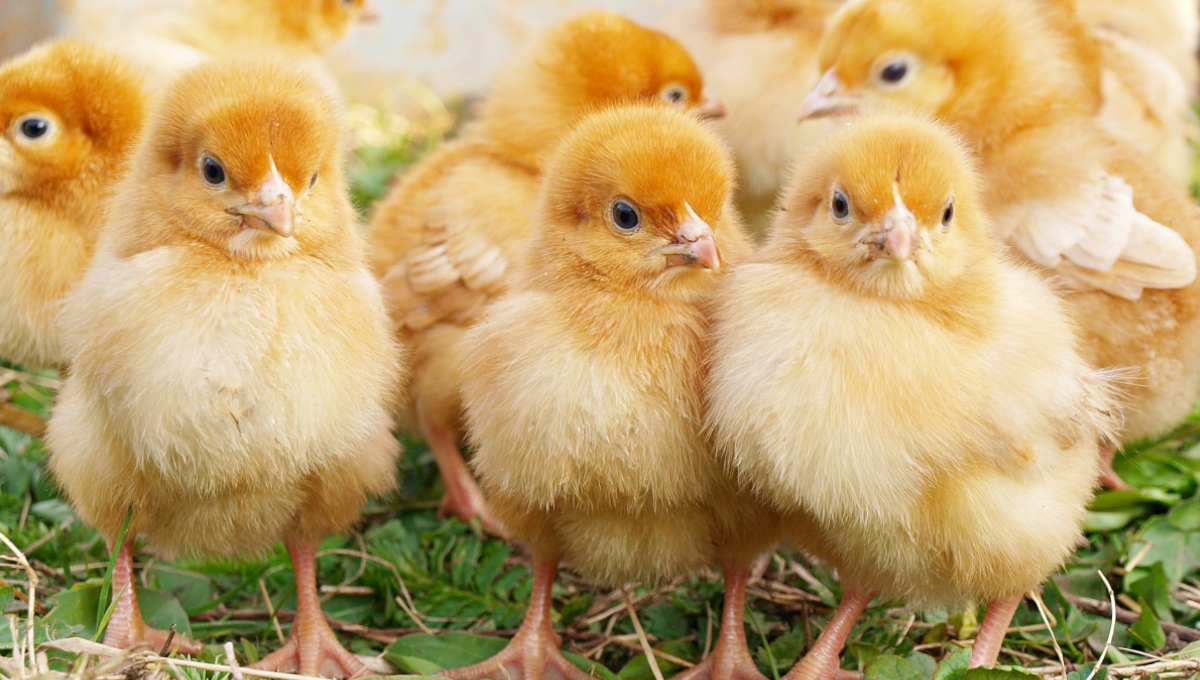Researchers have detailed the first widespread Salmonella outbreak linked to backyard poultry in Australia.
Between May and August 2020, an outbreak of Salmonella Typhimurium infection was investigated. In total, 38 cases with an age range of less than 1 to 38 years old and a median age of 5 were reported. Overall, 24 were male and 31 were 14 years old or younger.
The 38 cases included 29 from Queensland, six from New South Wales and one each from the Northern Territory, South Australia and Victoria.
Nine people were hospitalized. Time spent in the hospital ranged from one to five nights. Median duration of symptoms was eight days but ranged from three to 15 days.
Poultry contact
An epidemiological investigation showed contact with live poultry to be a common risk factor with most cases recently purchasing one-week-old chicks, according to the study published in the journal Zoonoses and Public Health.
All 38 cases had direct contact with live poultry with 37 reporting exposure to backyard poultry in the week prior to onset of illness. Cases exposed to backyard poultry also reported handling the poultry and described behaviors such as touching, hugging, kissing and housing poultry in their homes.
Traceback investigation of cases identified 25 produce and pet stores of which 18 were linked to the same poultry breeder farm.
An onsite assessment found contamination across the hatchery incubators, such as soiled eggs and dirty circulating fans which may have led to ineffective fumigation. Poor pest management was suggested by structural issues in shed screening, and live and dead vermin inside and outside the shed. Recent changes to staffing and standard operating procedures were also noted.
Sampling at the farm
On farm environmental sampling identified the same Salmonella Typhimurium genotype as in cases. Whole genome sequencing of environmental and human outbreak isolates found them to be highly related.
Salmonella with the same types as the outbreak patients were detected in 13 environmental farm samples taken from the hatchery and multiple poultry sheds.
Salmonella types Agona, Cerro, and Hvittingfoss were also detected in environmental samples but were not associated with human illness in this outbreak.
Limited on farm biosecurity measures may have been partly driven by more pressure on production because of increased demand, found the study.
Eight samples were collected from the home of a case linked to the outbreak by Queensland Health in June 2020. They included surface swabs of the chicken coop and inside a breeding box. One sample was positive for Salmonella.
Control measures at the farm in response to the outbreak included Salmonella Typhimurium vaccination of the breeder flock and increased biosecurity measures such as water chlorination, installation of hand and foot washing facilities, fumigation of sheds between batches, increased frequency of routine microbiological testing and more vermin bait stations.
Researchers said prevention of future outbreaks will require a One Health approach involving the poultry industry, produce and pet store owners, animal healthcare providers, public health and veterinary health agencies, and the public.
(To sign up for a free subscription to Food Safety News, click here.)

